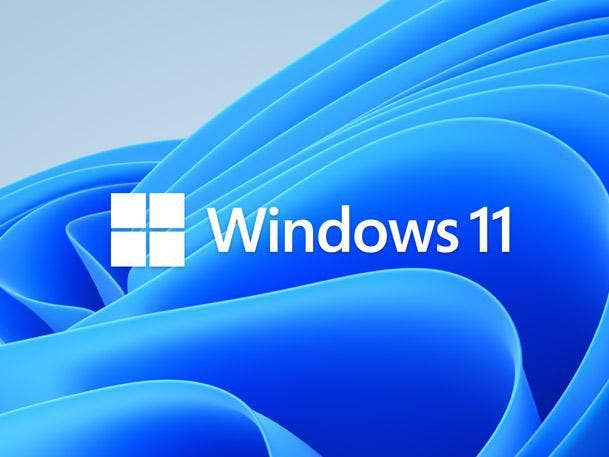Report: Windows 11 Requirements Too High For Most Workstations
‘Without complete visibility across the IT estate, organizations could potentially waste hours and significant budget manually inspecting machines -- not to mention the risk of missing outdated machines they don‘t know about,’ according to the report.

More than 55 percent of workstations won’t automatically upgrade to Microsoft’s upcoming Windows 11 operating system due to the processing requirements, according to a Tuesday report by Lansweeper. And future Windows 11 upgrades aren’t guaranteed if workstations fail to meet the requirements.
Lansweeper, a Belgium-based IT asset management services provider, looked at about 30 million Windows devices from 60,000 organizations and determined that only 44.4 percent of workstations can receive an automatic upgrade based on CPU, which means many companies may resort to a costly and time-consuming manual update process.
Other findings from Lansweeper: one in 10 won’t upgrade due to memory requirements and almost half fail to meet the security chip requirement or don’t have it enabled.
“For enterprises with thousands of Windows machines, preparing for the Windows 11 upgrade would be a massive task without automation -- and even worse without an up-to-date IT asset inventory,” according to the report. “It would be impossible to find all the devices using manual, paper-based processes, as many organizations have abandoned IT assets that are sitting idle but still connected to the network. The reality is, you can‘t update machines you don’t know you have.”
[RELATED: Windows 11: Partners Say It’s A ‘Smart Play’ By Microsoft To Put Security First]
The report continued: “Without complete visibility across the IT estate, organizations could potentially waste hours and significant budget manually inspecting machines -- not to mention the risk of missing outdated machines they don‘t know about.”
The report does not provide specifics on where the workstations are located or the industries and sizes of the organizations surveyed. Lansweeper representatives did not answer a request for comment from CRN. Microsoft representatives did not return a request for comment.
There are methods available for running Windows 11 on non-compatible hardware that Microsoft allows but does not openly condone.
Kelly Yeh, president of Chantilly, Va.-based Microsoft partner Phalanx Technology Group, told CRN in an interview that he isn’t concerned by the need for end users to upgrade their hardware to meet Windows 11 requirements because of the extra security and operational benefits upgrades bring. He tells his clients that in good economic times, they need to replace 30 percent of their fleet proactively.
“When cash is tight, they can just tighten that belt up and go through for a year or so, because they know nothing is older than three years old,” he said. “But if they‘re not in a regular replacement cycle, then if they get caught on that wrong side of that economic downturn, they’re suffering through really dead slow equipment all the time.”
Yeh said that he plans to wait a couple of quarters before talking to clients about upgrading to Windows 11. For clients on a calendar year, Yeh may encourage them to buy Windows 11 devices in January. E also expects to see blended environments of Windows 11 and older OSes for a time.
According to the report, Windows 11 installation requires devices to “have a 1 GHz processor (or faster) with two or more cores on a 64-bit processor or SoC.”
“They also need 4GB of RAM and at least 64GB of storage,” according to the report. “Automatic upgrades to Windows 11 have additional system requirements like secure boot capable and TPM 2.0 enabled which make upgrading even more challenging. Devices that fail to meet these requirements simply can‘t be updated.”
About 91 percent of workstations met the RAM requirement for the automatic Windows 11 update. About 53 percent meet the TPM 2.0 security chip requirement.
About 56 percent of virtual machine workstations fail the CPU requirement and about 34 percent fail the RAM requirement. Less than 1 percent of all virtual workstations have TPM 2.0 enabled, according to the report.
“TPM has never been required for Windows and while TPM passthrough (vTPM) exists in order to give virtual machines a TPM, it is rarely used. Meaning that most VM workstations will need to be modified to get a vTPM before they can upgrade to Windows 11.”
Physical servers pass the TPM 2.0 requirement less than 2 percent of the time, meaning almost all of them would fail to upgrade if Microsoft makes a server OS with similar requirements in the future.